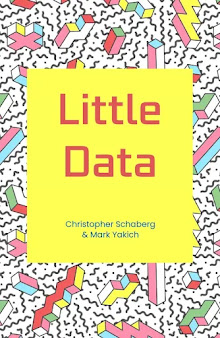As students seem increasingly to have ready-to-hand access to portable imaging technologies such as camera phones, I wonder how such 'writing tools' (if I can dare to call them that) could be put in the service of analysis and composition in the humanities classroom. In an American Studies course I am currently teaching, called "The Ecology of Beauty," I plan to experiment with this by having students capture two images, one of 'nature' and one not of 'nature' (how else to categorize it?). The goal will be to complicate not only the categories of nature and non-nature, but also to think about how tiny-screen image capturing is an ecology in its own right: our devices are a part of how we see, frame, and interact with the 'the world' as a viewable landscape, a space always just waiting to be imaged. What will students take pictures of? How will they describe their taking of these pictures? Are we able to be phenomenological about the visibilities that we can hold in our hands as 'objects'?

In her talk Chow posed challenging questions about a pictorial fluidity and mobility, i.e. about the immanent recyclability of new media images. Chow suggested that we need to develop a new flexibility for thinking about how humans are constituted as subjects through these technologies that from one perspective look like no more than little surveillance machines that we carry around on our bodies as we traipse through a heavily-monitored, hyper-individuated world.













